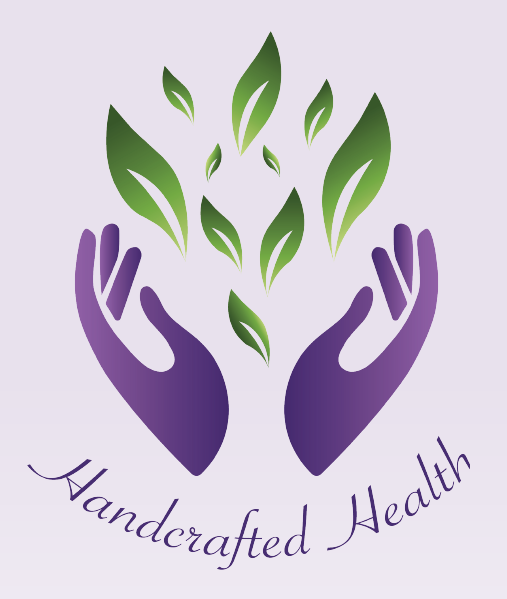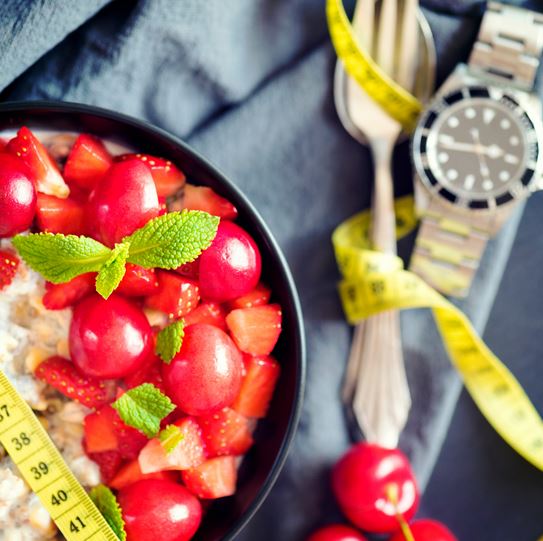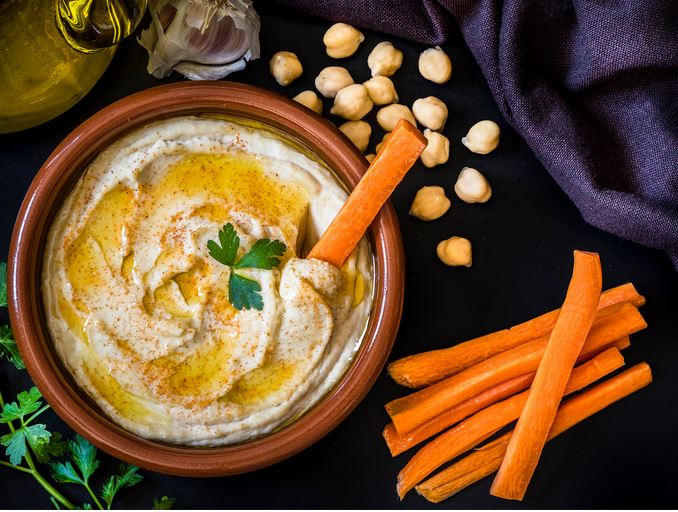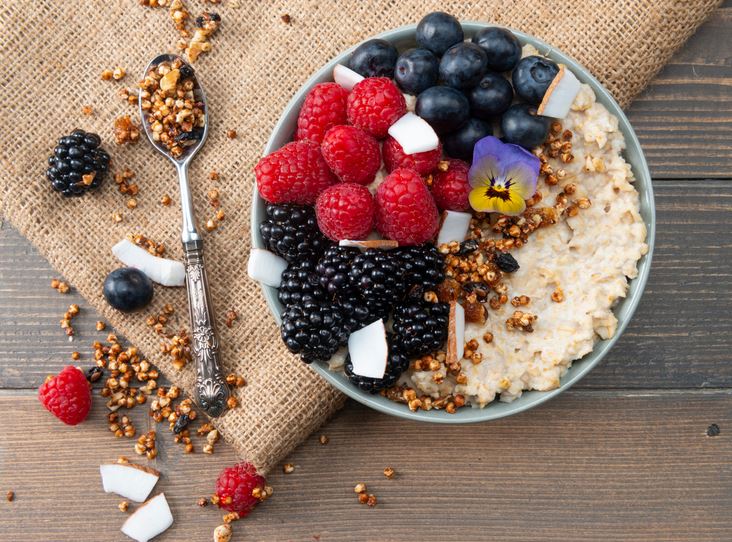What is Fasting?
Fasting was made popular with the BBC documentary in 2012 on the 5:2 diet. There are a few different approaches to fasting.
- The 5:2 diet proposes 5 days of ‘normal’ eating followed by 2 days of ‘fasting’ with an intake of only 500kcal for women and 600kcal for men.
- An Alternate Day Fast suggests complete fasting for 24 hours on 2 to 6 days a week, with ‘normal’ intake on other days.
- There are many religious fasts undertaken at special times of the year, that restrict certain types of foods or food from sunrise to sunset as seen in the holy month of Ramadhan.
- The final fasting type of diet to consider is a Time-Restricted Diet, which allows eating to occur within an 8-to-12-hour time frame. This is often called Intermittent Fasting.
What are the Benefits of Intermittent Fasting?
Time-restricted eating in an 8 to 12-hour window or intermittent fasting, has evidence that it can help support
- Weight and body-fat reduction,
- Reduction in cardiovascular diseases,
- Reduction in ‘bad’ cholesterol, blood pressure, chronic inflammation in the body
- Support blood glucose dysregulation and reduce the risk of diabetes.
So that is great – let’s fast!
What’s the Downside of Fasting? / Can Everyone Fast?
Fasting in the morning when we need energy from our diets to ‘power’ our day can lead to fatigue, dizziness, and a bad mood, leading to issues like reactive hypoglycemia. So, not eating until lunchtime may be counterproductive.
Excessive fasting during the day can indeed cause, hormonal imbalance and should never be attempted by children, pregnant women, and anyone doing any kind of physical activity.
So, what is Chrono-Nutrition?
Chrono-nutrition (or chronological nutrition) is fasting, but it is designed around eating with the sun! A circadian rhythm, or circadian cycle, is a natural, internal process that regulates our sleep–wake cycle every 24 hours. The ‘Big- Breakfast Study’ in the UK showed that our circadian rhythm, and when we eat what we eat, can have a significant effect on our weight and other health issues. This idea of ‘chrono-nutrition’ makes sense when you think of the light-dark cycles that govern our life.
What Do I Eat & When?
Breakfast = In the morning when there is a higher secretion of digestive enzymes, eat a meal including fats and protein is the recommendation (think an omelette or frittata with veggies).
Lunch = At Noon, other digestive enzymes are secreted, favouring the digestion of proteins into the body, therefore at lunch have a meal again with protein, and low glycaemic index (GI) carbohydrates, like whole grains or legumes and vegetables.
Snacks = In the afternoon, there is a peak of other hormones and a slump of energy levels, so a snack at this time is a great way to stop any energy dips. Have a snack with complex carbohydrates, like a handful if nuts and a piece of fruit (apple slices with nut butter?).
Dinner = A lighter dinner as early as possible made with vegetables or salad and lean protein is recommended because we have less digestive activity at night-time.
How to Fast Safely and Effectively
The idea is to eat breakfast and have a longer time without food at the end of the day, until breaking the fast the next day with breakfast. Eating in an 8-hour window and fasting for 16 hours (from 4pm to 8am the next day) is ideal but if that is unrealistic, try 10:14 – eating for 10 hours (8am to 6pm) and fasting for 14 hours.
To start working towards restricting your eating window, you might like to try to eat in a 12-hour window, from 8am to 8pm. Then each week as you get more used to the idea, try to have a shorter and shorter window, where you can have breakfast by 8am and finish eating for the day around 4 or 5pm?
If eating in a 12-hour window is what you can manage, there is still benefits to a 12-hour overnight fast. Try eating breakfast like a Queen, lunch like a Princess and dinner like a pauper!
For more support on fasting, you are welcome to book online at https://handcraftedhealth.com.au/online-booking/








0 Comments